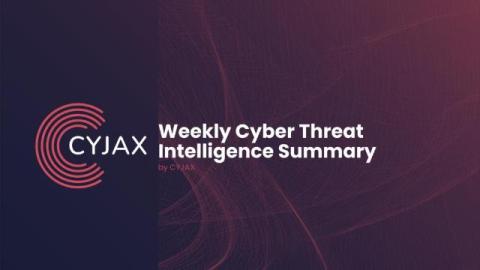Weekly Cyber Threat Intelligence Summary
Welcome to this week’s Cyber Threat Intelligence Summary, where we bring you the latest updates and insights on significant cyber threats. This edition covers the SuperShell malware targeting Linux SSH servers, an in-depth analysis of three Chinese-linked clusters responsible for cyberattacks in Southeast Asia, and CitrineSleet exploiting a zero-day Chromium vulnerability.











